THE OPPORTUNITY OF A LIFETIME FOR AUTOMOTIVE DESIGN.
 Tuesday, April 20, 2021 at 12:10PM
Tuesday, April 20, 2021 at 12:10PM By Peter M. DeLorenzo
Detroit. We have arrived at the point where this entire business is languishing in limbo. We’re between a rock – as exemplified by the money-making ICE vehicles (trucks, SUVs, et al.) – and a hard place – as represented by the new wave of EVs. This transition is going to play out in fits and starts, with manufacturers revealing their advanced designs long before they show up in showrooms in the hopes that we’re all paying attention and that they will hold our interest long enough until they arrive.
That’s a tall order. Some manufacturers seem to be getting with the program, projecting their future thinking in attractive designs that seem luscious and desirable. Consider the Cadillac Lyriq, Audi A6 E-Tron, Lucid Air and Genesis X, for instance.
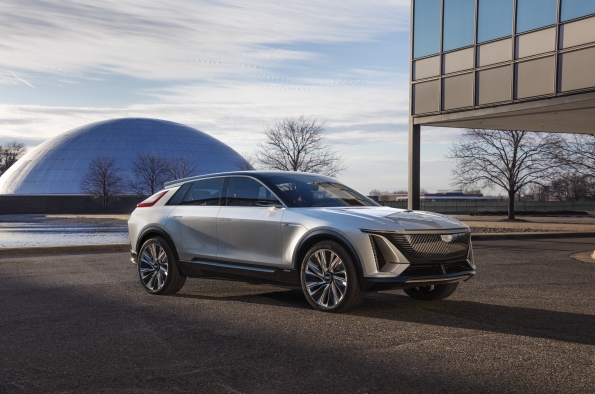
(GM)
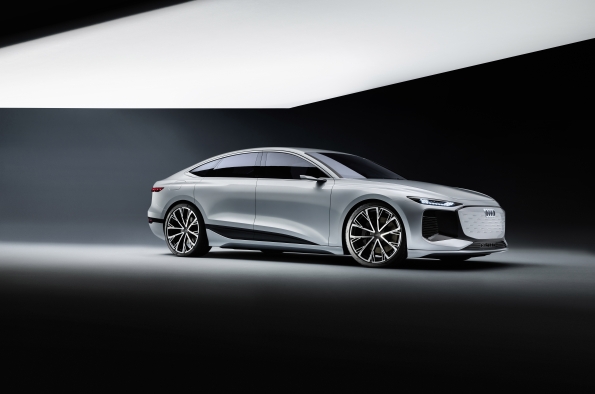
(Audi)
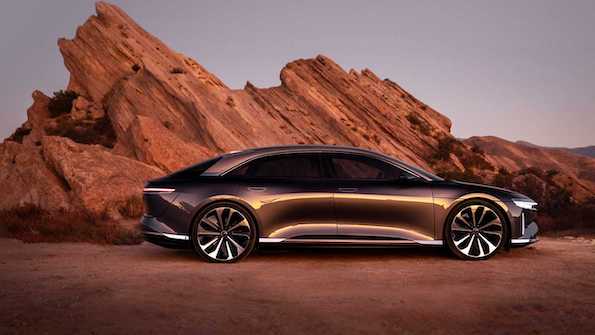
(Lucid)
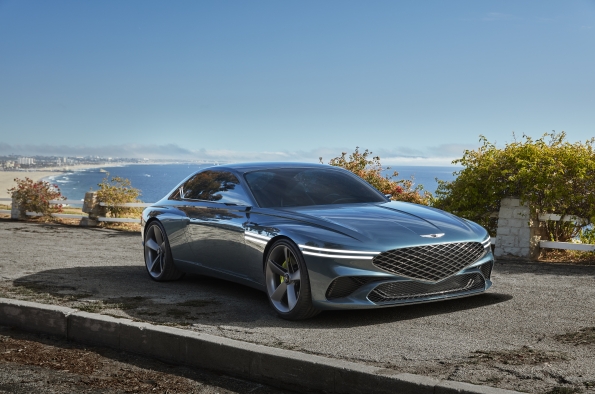
(Genesis)
Other manufacturers seem to be perpetually lost, wandering around in the desert of bad ideas and uninspiring shapes, as best exemplified by the new fully-electric Mercedes-Benz EQS. It represents the desultory design movement at its best, and it’s beyond tedious. This was clearly Mercedes’ attempt at wowing everybody with their self-anointed “smartest guys in the automotive room” persona, but it fell far short of that. How they could possibly imagine that a ten-year-old shape would move the needle to the EV future is beyond me, as in, seriously?
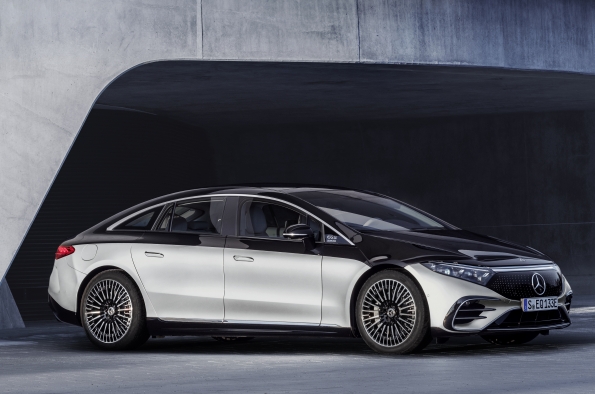
(Mercedes-Benz)
As longtime readers of this site know, design is my favorite part of this business. Having grown up in the heyday at the end of the Harley Earl era, and through the Bill Mitchell era – two giants of automotive design history – I grew to appreciate this aspect of the business. It still excites me to this day, which is why my anticipation – and scrutiny – for each new EV design is amplified.
That we are on the cusp of a new automotive era is clear. Everything we know about this business so far has been duly noted and played out for more than a century, and for the most part it was good. The freedom of mobility, and the ability to see and do and settle new regions fueled the growth of this nation and transformed the way we live and work. Fundamental innovations, breakthrough technologies, high-performance milestones and advancements in safety have left an indelible imprint on our way of life. And make no mistake, as I have said repeatedly, the ICE era will be around for many, many years to come.
But the movement to BEVs is a momentous moment, in real time. The transition to a new way of mobility for the masses is indeed upon us, and though it remains to be seen how exactly it will play out, some of our entrenched notions and learnings will inevitably be upended and forced to be reimagined. And as I’ve said, I welcome this transition. My experience with my Chevrolet Bolt has been eye-opening. The seamless, right now torque and acceleration, the silent running and the sense that BEVs will not only be adopted, but actually liked by a lot of people is palpable.
That this business is more competitive than ever is no secret, and new designs from brand-new EV companies around the globe are emerging almost on a weekly basis. (You only have to take in the displays at Auto Shanghai 2021 this week to realize that.) The design arena is fiery and unforgiving, and many of these manufacturers will only get one shot to make a first impression. And the line between design reach and design failure remains razor thin.
That’s why I want to be wowed by the automotive design community. Let me restate that, I expect to be wowed. After all, design is, was, and always will be the Ultimate Initial Product Differentiator. Phoning it in is not an option, especially as battery development accelerates and the democratization of this new technology takes hold. It is the look that will propel sales success in the market. And it is the look that will secure a brand’s image for decades to come.
It is important to remember that the automotive business is as much a fashion business as anything else, and it is often defined by fads that come and go as well (the current SUV/Crossover fad isn’t going anywhere anytime soon, unfortunately). But in the end, vehicles that are emotionally compelling to look at draw people in to find out more. That’s just the way it has always been and will continue to be.
Harley Earl and Bill Mitchell understood this implicitly. Earl was the driver of the “jet age” in automotive design, and Mitchell was an absolute genius at translating advanced concepts into mainstream automotive hits. The vehicles below exemplify the Earl and Mitchell looks perfectly.
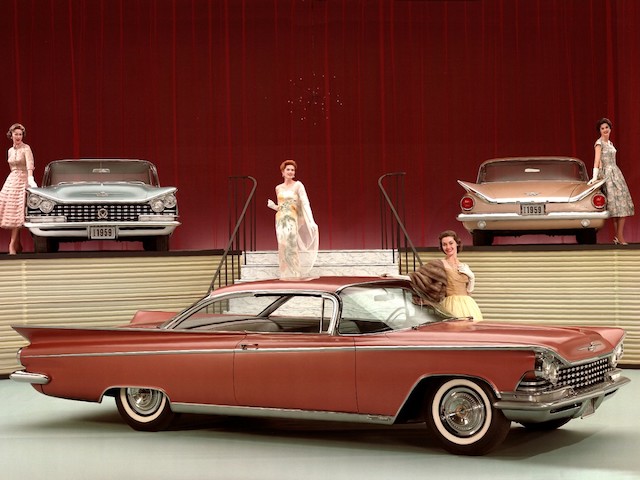
(GM)
The 1959 Buicks didn’t get as much attention as the hyper-finned ’59 Cadillacs, but under Earl’s tutelage they were stylish and compelling. This PR shot features the 1959 Buick Invicta.
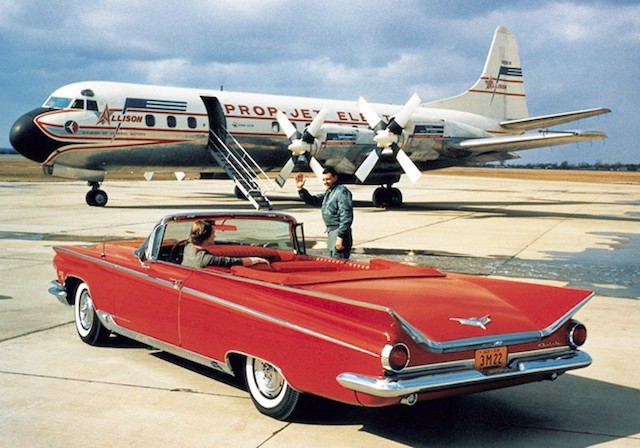
(GM)
The 1959 Buick Electra was the top of the lineup.
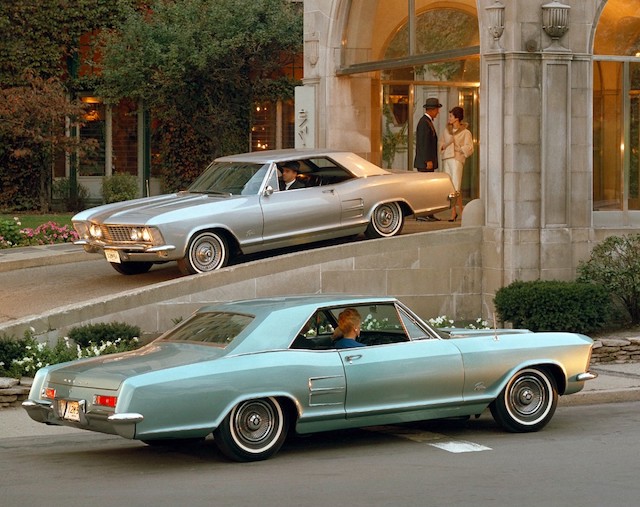
(GM)
The 1963 Buick Riviera remains an auto industry milestone and an iconic representation of the Mitchell era at GM Styling.
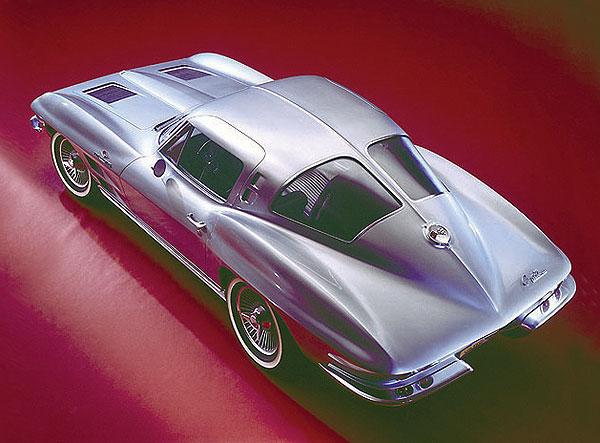
(GM)
The 1963 Chevrolet Corvette Sting Ray is still stunning to this day and a perfect tribute to Mitchell's design vision.
As I said, I expect to be wowed. Showing these historical designs isn’t meant to be a nostalgia play or a yearning for the days of yore in this business. They’re examples of blue-sky thinking and design reach that translated into earth-shattering and historically significant designs that resonate to this day.
Memo to the automotive design community: You have the opportunity of a lifetime to project this business into a future brimming of possibilities. Aim high. Anything less will be a monumental disappointment.
And that’s the High-Electron Truth for this week.




